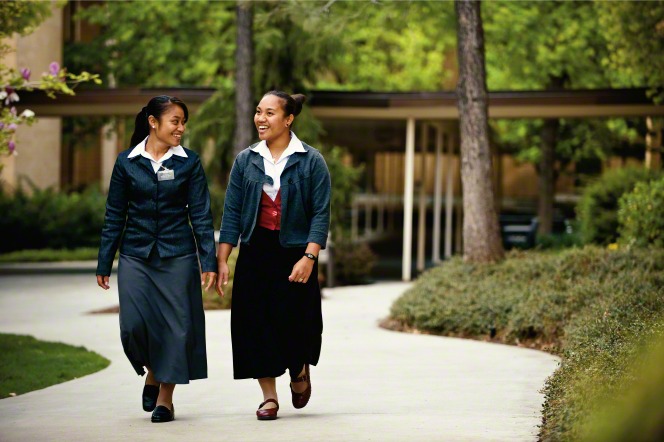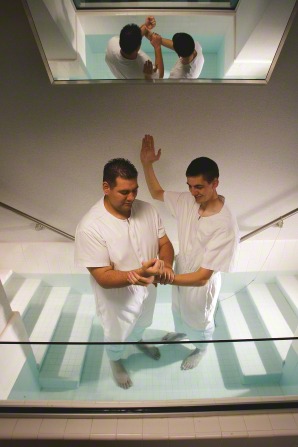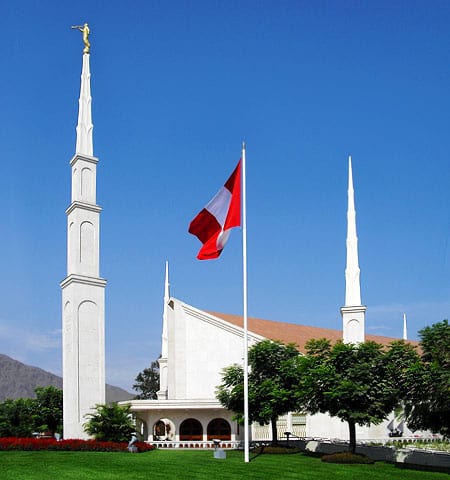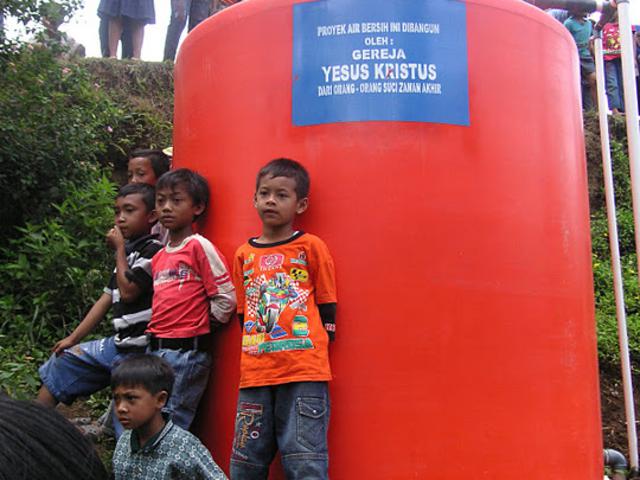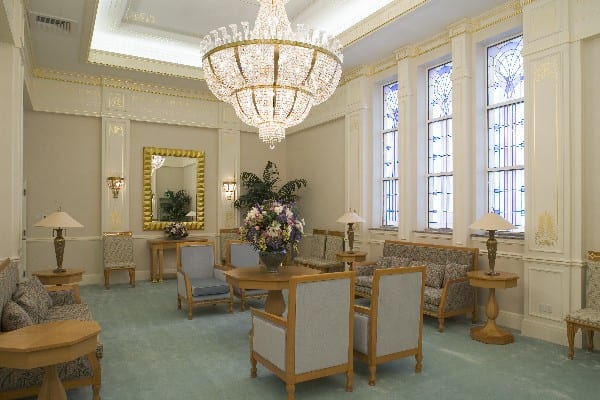I was recently thinking about some of the significant programmatic changes that have happened in the Church of Jesus Christ of Latter-day Saints in the last few years. People have evaluated them in various ways and labeled them a success or failure, but popular opinion often swings on short-term thinking. For example, when, in October 2012, President Monson announced changes in the age limits for full-time missions, some made the coupled assumptions that this would either result in a proportional increase in convert baptisms or it should be considered a failure. It did not lead to a large increase in convert baptisms and some considered it only on that basis; however, this hasty act of labeling ignores a foundational bad assumption as well as a host of secondary effects that potentially act on a much longer time scale and are interesting in their own right.
The problem started with faulty assumptions. The first of these is that those who convert are in some sense “caused” by missionaries rather than merely facilitated. It is rooted at least partly in the experiences of a past era in which people in the United States and other sociopolitically similar areas could be reached by door-to-door salesmen and, correspondingly, that an increase in the number of people engaged in these activities would result in a proportionate gain in initial interest, teaching, baptisms and so forth. This assumption of course ignores years of entreaties that finding is the duty of the members of the Church while teaching is the responsibility of the full-time missionaries and that we should cease praying only that the missionaries find the honest in heart but rather that we should instead pray to be able to open our own mouths to share the gospel and invite others to come unto Christ. The reality is then that the model upon which the assumption (that more missionaries would lead to proportionately more convert baptisms) was based was largely invalid and the members of the Church should realize that missionary finding only ever constitutes a modest portion of the the success of the Church’s missionary efforts. The reality is members letting their light shine, setting examples of good works in the world and sharing the gospel in their individual circumstances, combined with a certain number who find the Church of Jesus Christ through their own individual searching are together a far more stable and effective source of interest.
